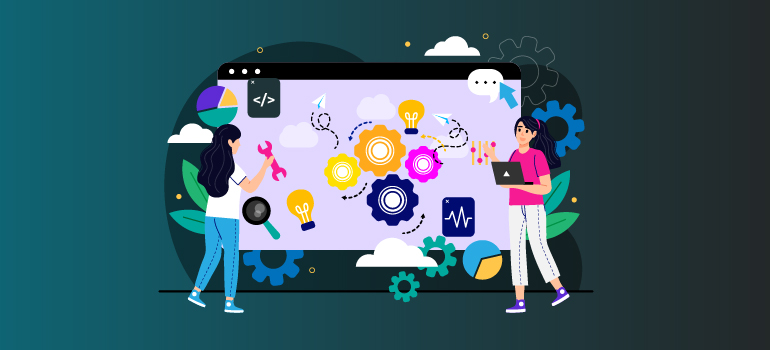
In today’s competitive business landscape, companies are constantly seeking flexible and cost-effective solutions to meet their workforce needs. Two popular approaches are staff augmentation and outsourcing. While both methods provide access to skilled professionals, they differ in execution and benefits. Choosing the right approach depends on your business goals, project requirements, and long-term strategy.
What is Staff Augmentation? Staff augmentation is a hiring model that allows businesses to temporarily expand their in-house team by adding skilled professionals. These experts work alongside your existing team, helping you scale up efficiently while maintaining control over the project.
Benefits of Staff Augmentation:
- Full Control: Your augmented staff works under your management, ensuring alignment with your business goals.
- Flexibility: Scale your workforce up or down based on project demands.
- Cost-Effective: Avoid long-term hiring costs while gaining skilled expertise.
- Quick Integration: Onboard professionals quickly without disrupting existing workflows.
What is Outsourcing? Outsourcing involves delegating entire projects or business functions to an external service provider. Instead of hiring individuals, you rely on a third-party company to handle specific tasks, such as software development, customer support, or IT management.
Benefits of Outsourcing:
- Reduced Workload: Offload tasks to an external provider and focus on core business activities.
- Cost Savings: Leverage lower operational costs by outsourcing to specialized firms.
- Access to Global Talent: Work with experienced professionals from different regions.
- Faster Project Completion: Dedicated teams ensure projects are delivered efficiently.
Key Differences Between Staff Augmentation & Outsourcing
| Factor | Staff Augmentation | Outsourcing |
|---|---|---|
| Control & Management | Full control over hired professionals | Limited control, managed by the outsourcing provider |
| Flexibility | Easily scale teams as needed | Less flexibility once the contract is set |
| Cost Structure | Pay for the required expertise on demand | Fixed costs, may include long-term commitments |
| Expertise Access | Access to specific skills for internal teams | Access to end-to-end project solutions |
| Project Involvement | Close collaboration with in-house teams | Independent execution by the outsourcing provider |
Which Approach is Right for You?
- Choose staff augmentation if you need specialized talent for short-term projects while maintaining full control.
- Choose outsourcing if you want to delegate entire tasks or projects to an external expert team.
- Hybrid Approach: Many businesses use both models, depending on project complexity and resource availability.
Both staff augmentation and outsourcing have their advantages. The best choice depends on your project scope, budget, and level of involvement. If you’re looking for highly skilled professionals to integrate into your team, staff augmentation is the ideal solution. If you prefer to outsource entire functions, outsourcing can be a cost-effective option.
Need help deciding? Contact us today to explore the best workforce solution for your business! 📩

